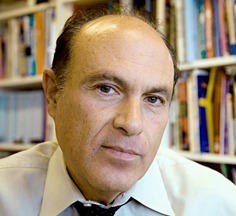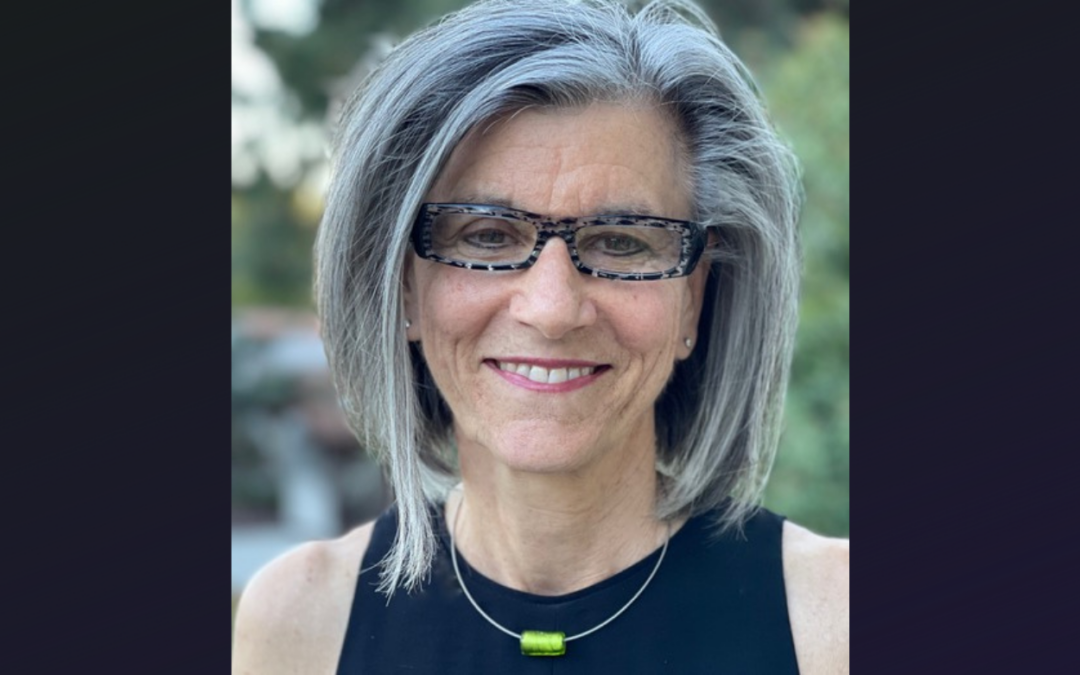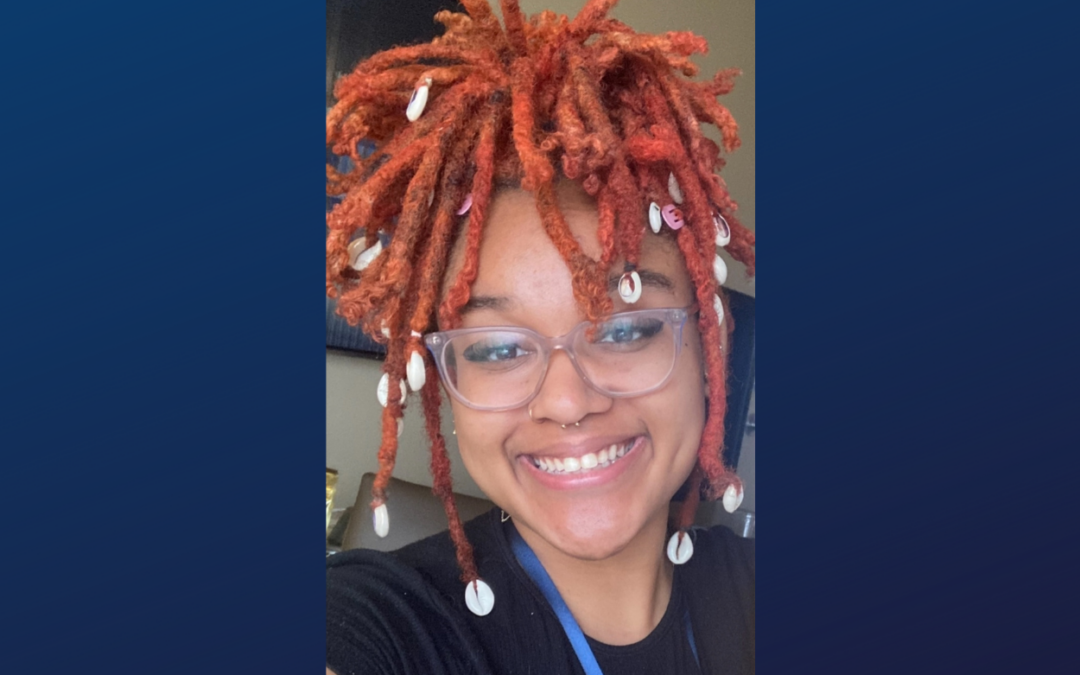Cure Violence, School of Public Health, UIC
Purpose Prize Fellow 2012
As a doctor who studies epidemics, Slutkin works to reduce violence in urban communities by treating it like a disease that must be stopped at the source before it infects others.
Physician Gary Slutkin spent 20 years working to reduce rates of infectious diseases, including tuberculosis and AIDS, in the United States and Africa. In 1995, after 10 years living abroad, he returned home to Chicago. Noting the high rate of lethal violence among young people in American cities, Slutkin began treating violence as a contagious disease, applying the tools he used in disease control.
“Decades of leaving the problem untreated perpetuates retaliation, further victimization and exposure, which keeps this cycle of violence going for generations,” Slutkin says.
After five years of intensive study, in 2000 Slutkin piloted CeaseFire (now known as Cure
Violence) in one of Chicago’s most violent neighborhoods, West Garfield Park. Within a year, gun violence dropped by 67 percent. During the next decade, Cure Violence saw similar results in 17 other neighborhoods.
Cure Violence uses the same tactics health organizations do to reverse epidemics:
- Interrupting potential infectious events (shootings, for example)
- Identifying people most at risk (such as gang members)
- Changing the behaviors in the community that relate to the infection (such as treating violence as a way of life)
“Violence interrupters” – specially trained workers, including former gang members – tour communities to uncover potential sources of violence. They act as mediators and teach community members nonviolent conflict resolution. Outreach workers reinforce the message of rejecting violence by helping community members obtain crucial services, such as job training and drug abuse counseling.
Today Cure Violence is in 15 cities and seven countries, including locations in Latin America and the Middle East.




